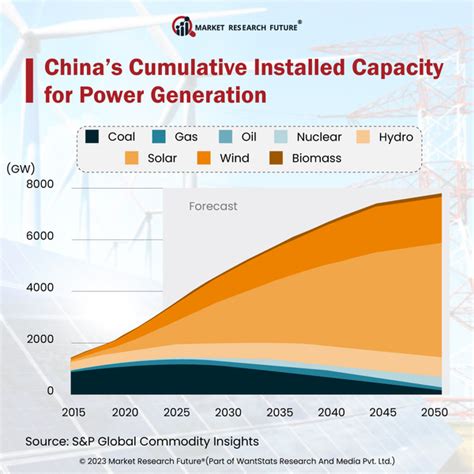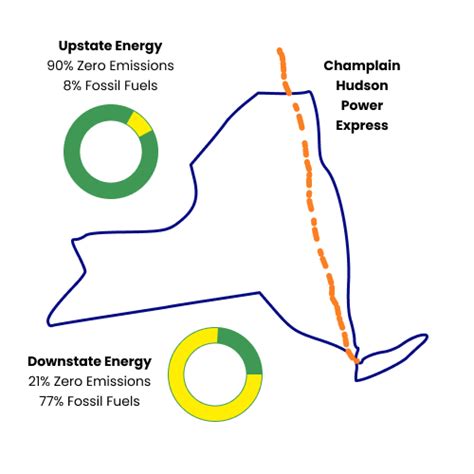As the world shifts towards a more sustainable future, China has emerged as a leader in the clean energy sector. With a strong commitment to reducing its carbon footprint, the country has been investing heavily in renewable energy sources such as solar, wind, and hydro power. In 2020, China accounted for over 30% of the world's total renewable energy capacity, with a total installed capacity of 758 gigawatts (GW). This is a significant increase from 2015, when the country's renewable energy capacity stood at 229 GW.
The Chinese government has set ambitious targets to increase the share of non-fossil fuels in its energy mix to 35% by 2030. To achieve this goal, the country is focusing on developing its clean energy infrastructure, including the construction of new solar and wind farms, as well as the upgrade of its grid system to accommodate the integration of renewable energy sources. According to the National Energy Administration (NEA), China aims to have 1,200 GW of solar and wind power capacity by 2030, which would account for over 50% of the country's total power generation capacity.
Key Points
- China is the world's largest investor in clean energy, with a total investment of $83.4 billion in 2020.
- The country has set a target to increase the share of non-fossil fuels in its energy mix to 35% by 2030.
- China aims to have 1,200 GW of solar and wind power capacity by 2030, accounting for over 50% of the country's total power generation capacity.
- The country is also investing heavily in clean energy technologies such as energy storage and smart grids.
- China's clean energy sector is expected to create over 20 million new jobs by 2030, driving economic growth and development.
China’s Clean Energy Sector: A Comprehensive Overview
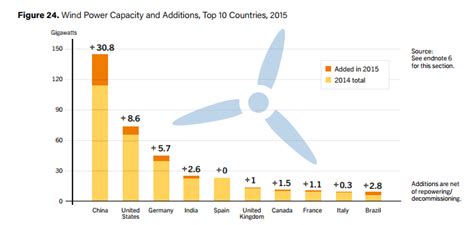
China’s clean energy sector is a complex and multifaceted industry, encompassing a wide range of technologies and applications. The country’s clean energy market can be broadly categorized into three main segments: solar, wind, and hydro power. Each of these segments has its own unique characteristics, advantages, and challenges, and is subject to various government policies and regulations.
Solar Power: A Key Driver of China’s Clean Energy Growth
Solar power is one of the fastest-growing segments of China’s clean energy market, with the country’s solar installations increasing by over 20% in 2020. China is home to some of the world’s largest solar panel manufacturers, including Trina Solar, Jinko Solar, and Longi Solar. The country’s solar industry is driven by a combination of factors, including government support, declining technology costs, and increasing demand for clean energy.
According to the Chinese Renewable Energy Industry Association (CREIA), the country's solar power capacity is expected to reach 400 GW by 2025, up from 136 GW in 2020. This growth is driven by the government's target to increase the share of solar power in the country's energy mix to 10% by 2030. To achieve this goal, the government has introduced a range of policies and incentives, including tax credits, subsidies, and grid connection priority for solar power projects.
| Year | Solar Power Capacity (GW) |
|---|---|
| 2020 | 136 GW |
| 2025 | 400 GW |
| 2030 | 600 GW |
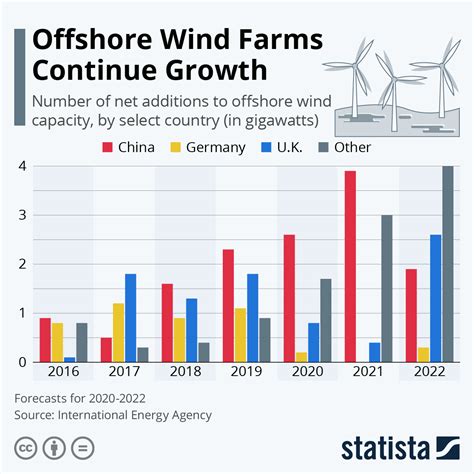
Wind Power: A Mature but Still Growing Market
Wind power is another key segment of China’s clean energy market, with the country’s wind power capacity increasing by over 15% in 2020. China is home to some of the world’s largest wind turbine manufacturers, including Goldwind, Ming Yang, and Envision Energy. The country’s wind industry is driven by a combination of factors, including government support, declining technology costs, and increasing demand for clean energy.
According to the Global Wind Energy Council (GWEC), China's wind power capacity is expected to reach 300 GW by 2025, up from 210 GW in 2020. This growth is driven by the government's target to increase the share of wind power in the country's energy mix to 8% by 2030. To achieve this goal, the government has introduced a range of policies and incentives, including tax credits, subsidies, and grid connection priority for wind power projects.
Challenges and Opportunities in China’s Clean Energy Sector
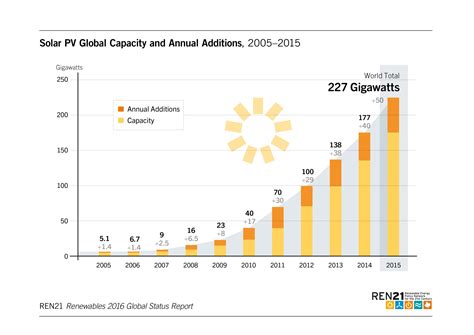
Despite the significant growth and potential of China’s clean energy sector, there are several challenges and opportunities that need to be addressed. One of the key challenges facing the sector is the integration of renewable energy sources into the grid, which requires significant investment in grid infrastructure and energy storage technologies. Another challenge is the high upfront costs of clean energy technologies, which can make them less competitive with fossil fuels in the short term.
However, there are also several opportunities for growth and development in China's clean energy sector. One of the key opportunities is the development of clean energy technologies such as energy storage and smart grids, which can help to address the challenges of grid integration and energy storage. Another opportunity is the growth of the clean energy market in other countries, particularly in Asia and Africa, which can provide significant export opportunities for Chinese clean energy companies.
What are the main drivers of China's clean energy growth?
+The main drivers of China's clean energy growth are government support, declining technology costs, and increasing demand for clean energy. The government has introduced a range of policies and incentives to support the development of the clean energy sector, including tax credits, subsidies, and grid connection priority for clean energy projects.
What are the challenges facing China's clean energy sector?
+The challenges facing China's clean energy sector include the integration of renewable energy sources into the grid, high upfront costs, and lack of standardization. The integration of renewable energy sources into the grid requires significant investment in grid infrastructure and energy storage technologies, while the high upfront costs of clean energy technologies can make them less competitive with fossil fuels in the short term.
What are the opportunities for growth and development in China's clean energy sector?
+The opportunities for growth and development in China's clean energy sector include the development of clean energy technologies such as energy storage and smart grids, and the growth of the clean energy market in other countries. The development of clean energy technologies can help to address the challenges of grid integration and energy storage, while the growth of the clean energy market in other countries can provide significant export opportunities for Chinese clean energy companies.
In conclusion, China's clean energy sector is a complex and multifaceted industry, driven by a combination of government support, declining technology costs, and increasing demand for clean energy. Despite the challenges facing the sector, there are significant opportunities for growth and development, particularly in the development of clean energy technologies and the growth of the clean energy market in other countries. As the world's largest investor in clean energy, China is well-positioned to play a leading role in the global transition to a low-carbon economy.
Meta Description: China leads in clean energy power with a total installed capacity of 758 GW in 2020. The country aims to increase the share of non-fossil fuels in its energy mix to 35% by 2030. Learn more about China’s clean energy sector and its opportunities for growth and development. (152 characters)
